Baby Dentistry: Teething & Other Joys
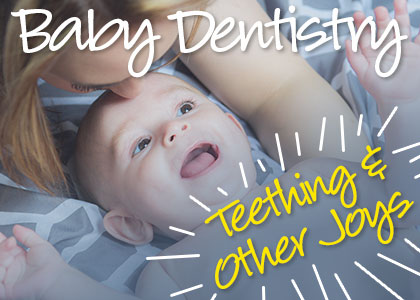 It’s easy to think that baby teeth aren’t that important. They make their grand entrance (however painfully) and leave your baby’s mouth soon thereafter. But your baby’s oral health is very important, both in the present and to set the stage for a lifetime of health. Today Family Dental Health would like to talk about those tiny teeth and how to care for them.
It’s easy to think that baby teeth aren’t that important. They make their grand entrance (however painfully) and leave your baby’s mouth soon thereafter. But your baby’s oral health is very important, both in the present and to set the stage for a lifetime of health. Today Family Dental Health would like to talk about those tiny teeth and how to care for them.
Teething Facts
- Teething begins anywhere from 3-9 months and can continue until your child is 3 years old. Every baby is different.
- Teeth emerge in a consistent pattern: lower 2 front incisors; upper 2 front incisors and 2 additional lower incisors; first set of molars; canines; then second molars.
- One reason we get baby teeth is that our baby mouths aren’t big enough for the size and number of adult teeth we need later in life.
- Babies have 20 teeth that fall out. They are then replaced by 32 adult teeth.
- Chewing on a cold, wet washcloth, extra snuggles, and a little pain-relieving medicine are certain to help ease the pain of teething.
- Contrary to popular belief, teething is not proven to cause sickness like diarrhea, fever, or a runny nose.
- Children should see the dentist as soon as their first baby teeth start coming in.
Taking Care of Baby Teeth
- Breastfeeding: According to a recent study, babies that exclusively breastfed for at least six months have a 72% less chance of developing an improper bite. Breastfeeding also reduces your child’s risk of baby bottle tooth decay and cavities.
- Baby Bottle Tooth Decay: Overexposure to sugar in the liquids your baby drinks can cause early tooth decay, which is when the important, hard enamel cover of your teeth breaks down. Enamel never grows back, so it’s very important to protect. Avoid baby tooth decay by only using either formula or breast milk in your child’s bottle, not putting honey or sugar on their pacifiers, and not letting them fall asleep drinking from the bottle.
- Cleaning: “Welcome to earth! Now, let me wash your gums.” It may seem silly, but you’re actually supposed to wash your baby’s gums from the first day they are born. Use a clean washcloth and water, and maintain the habit as all the baby teeth start coming in. Once a tooth erupts, you can use a grain of rice size amount of fluoridated toothpaste. After age 3 you can use a pea-size amount of toothpaste.
- Thumbs and Pacifiers: Discuss thumb sucking and pacifier use with Dr. Case. Usually, both are fine until babies become little children. However, they can increase your child’s risk of tooth decay, jaw misalignment, and an improper bite. Consider weaning off either of these habits depending on what your dentist recommends.
- Insurance for Pediatric Dental Care: Most states cover dental visits for children on governmental support. And most dental offices have flexible payment plans to help everyone prioritize oral health for the whole family. Don’t let finances hold you back from keeping your baby as healthy as possible—feel free to reach out to us, we’re happy to help.
Once your baby’s first tooth has emerged, it’s very important to begin a regular dental care routine. Contact Family Dental Health today to make an appointment. We’d love to see your little bundle of joy smile!
The content of this blog is not intended to be a substitute for professional medical advice, diagnosis, or treatment. Always seek the advice of qualified health providers with questions you may have regarding medical conditions.

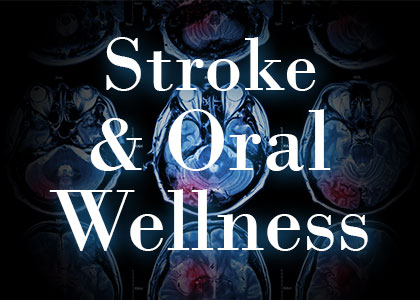 You might be surprised to hear that the state of your oral health has a lot to do with preventing a stroke. There’s a certain kind of
You might be surprised to hear that the state of your oral health has a lot to do with preventing a stroke. There’s a certain kind of  When it comes to
When it comes to 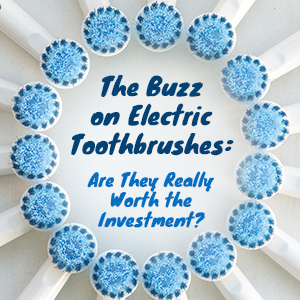 Electric toothbrushes have been on the market for years now, and whether you’re a devout user or a critical skeptic, you may still be wondering:
Electric toothbrushes have been on the market for years now, and whether you’re a devout user or a critical skeptic, you may still be wondering:  Understanding any type of medical or dental insurance can be a challenge, especially for uninsured folks trying to find a plan on their own. According to the
Understanding any type of medical or dental insurance can be a challenge, especially for uninsured folks trying to find a plan on their own. According to the  Can you imagine a 2-liter bottle of your favorite soda? Now imagine that same bottle filled with spit. That’s approximately how much saliva the average adult produces in their mouth every day! It may be gross, but it’s definitely important. Saliva is a normal body fluid that’s crucial for oral health and overall wellness.
Can you imagine a 2-liter bottle of your favorite soda? Now imagine that same bottle filled with spit. That’s approximately how much saliva the average adult produces in their mouth every day! It may be gross, but it’s definitely important. Saliva is a normal body fluid that’s crucial for oral health and overall wellness. 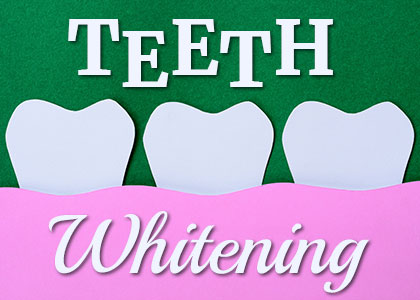
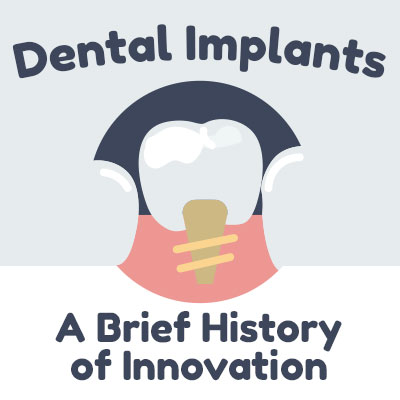 Today’s
Today’s 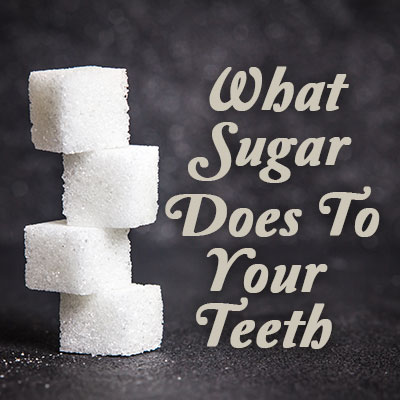 People in the United States eat more sugar than any other country in the world. (Fortunately, we also have some of the best dentists in the world.) You hear it all the time: “sugar rots your teeth.” But is it true?
People in the United States eat more sugar than any other country in the world. (Fortunately, we also have some of the best dentists in the world.) You hear it all the time: “sugar rots your teeth.” But is it true?